-
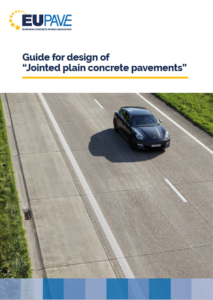
Publication – Guide for design of “Jointed plain concrete pavements”
This publication provides a general overview of the basic principles of JPCPs, as well as an assessment of the influence of the aforementioned factors. In addition to many useful recommendations for the design and construction, this document does not fail to deal with different aspects such as thermal movements, different types of joints and reinforcements. Finally, this publication also contains a guide for the design of joint layouts according to the rules of art.
-
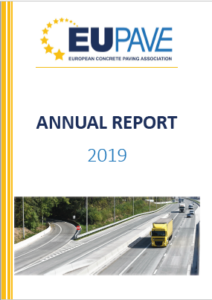
Annual Report 2019
The Annual Report provides an excellent overview of the work and objectives of EUPAVE in 2019. We are pleased that we can look back positively on this year and see that our work has been fruitful
-
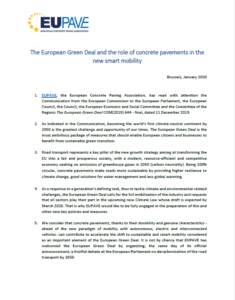
Position Paper “The European Green Deal and the role of concrete pavements in the new smart mobility”
EUPAVE is committed to a cleaner environment where more sustainable infrastructures play an important role. This was shown, once again, in our latest discussion at the European Parliament, on 11 December 2019, on the same day that the European Green Deal was presented, where private stakeholders, the European Commission and the European Parliament engaged in a discussion […]
-
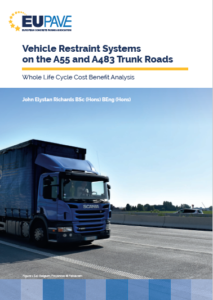
Publication – Vehicle Restraint Systems on the A55 and A483 Trunk Roads
This study has been presented by John Elystan Richards during EUPAVE’s Concrete Safety Barriers workshop on Friday, 2nd March 2018. Following a strong interest in the topic, EUPAVE decided to share this study as a EUPAVE publication. “Preface by EUPAVE: The EU Directives on Public Procurement and Concessions are applicable since 18 April 2016. One […]
-
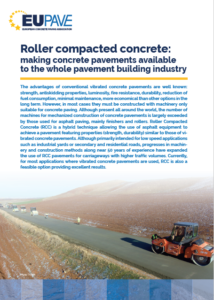
Publication – Roller Compacted Concrete
Roller compacted concrete: making concrete pavements available to the whole pavement building industry The advantages of conventional vibrated concrete pavements are well known: strength, antiskidding properties, luminosity, fire resistance, durability, reduction of fuel consumption, minimal maintenance, more economical than other options in the long term. However, in most cases they must be constructed with machinery […]
-
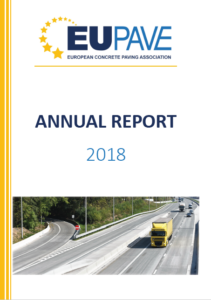
Annual Report 2018
The EUPAVE Annual Report provides an excellent overview of the work and objectives of EUPAVE in 2018. We are pleased that we can look back positively on this year and see that our work has been fruitful
-
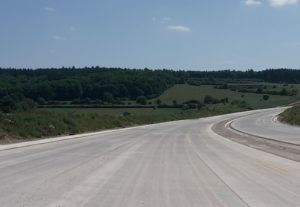
EUPAVE Publications in Turkish
EUPAVE Publications in Turkish
-
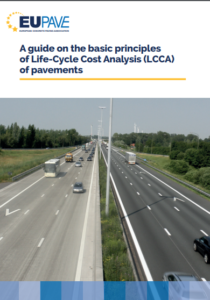
Publication – A guide on the basic principles of Life-Cycle Cost Analysis (LCCA) of pavements
Worldwide many publications on the issue of LCCA are available in different degrees of detailing.
In these publications the same fundamental principles and a widely accepted procedure are used for conducting a LCCA. These principles and procedure are applicable for any type of asset. -
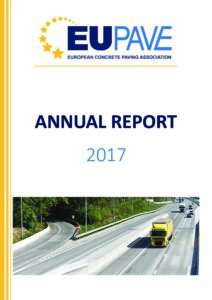
Annual Report 2017
The Annual Report provides an excellent overview of the work and objectives of EUPAVE in 2017. We are pleased that we can look back positively on this year and see that our work has been fruitful
-
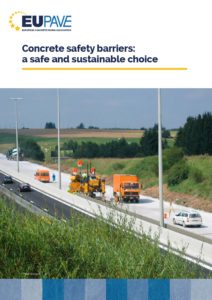
Publication – Concrete Safety Barriers: a safe and sustainable choice
“One of the top ten goals set by the White Paper on Transport (2011) is to reduce fatalities in road transport. The increase of the safety of the road infrastructure had been one of the seven main aims of the policy orientations made by the European Commission (EC) regarding to road safety for 2011-2020. […]
-
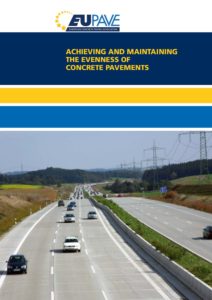
Publication – Achieving and maintaining the evenness of concrete pavements
This 60-page publication has been prepared by the Technical & Promotion Committee and Best Practices Working Group of EUPAVE. It is an updated version of the Technical Report “Achieving and maintaining the evenness of concrete pavements” of the World Road Association (PIARC)
-
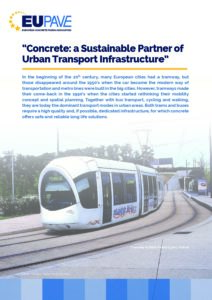
Leaflet – Concrete: a Sustainable Partner of Urban Transport Infrastructure
In the beginning of the 20th century, many European cities had a tramway, but those disappeared around the 1950’s when the car became the modern way of transportation and metro lines were built in the big cities.
-
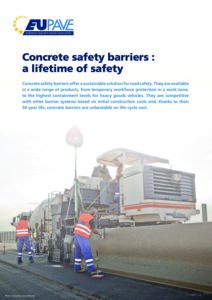
Leaflet – Concrete safety barriers : a lifetime of safety 2017
Concrete safety barriers offer a sustainable solution for road safety. They are available in a wide range of products, from temporary workforce protection in a work zone, to the highest containment levels for heavy goods vehicles.
-
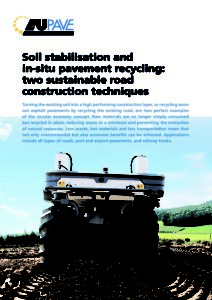
Leaflet – Soil stabilisation and in-situ pavement recycling
EUPAVE released a brochure entitled “Soil stabilisation and in-situ pavement recycling, two of the most sustainable road construction techniques”.
-
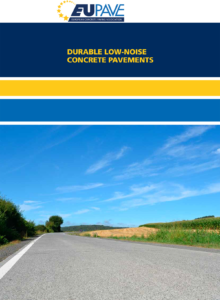
Durable Low-Noise Concrete Pavements
Controlling traffic noise has become an increasingly important priority in recent decades. The European Union addressed the general issue of environmental noise in a 2002 European Directive known as the “Environmental Noise Directive (END)”.
-
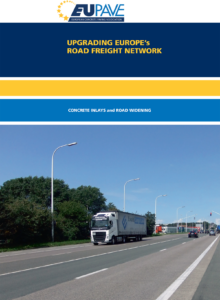
Upgrading Europe’s Road Freight Network Concrete Inlays and Road Widening
European Commission has adopted the new EU infrastructure policy “The Trans-European Transport (TEN-T) Networks” which will put in place a powerful European transport network across the 28 Member States to promote growth and competitiveness.


